- 3ds Max
- Cinema 4D
- SketchUp
- Blender
- MODO
- Lightwave
- Rhino
- FBX
- OBJ
- Maxwell
- Artlantis
- GrowFX
- Forest Pack Pro
- Advanced Render
- Corona Renderer
- Maxwell Render
- Mental Ray
- Octane Render
- Scanline
- V-Ray
- includes 15 different flower species
- architectural visualization projects
The REAL FLOWERS collection is an ideal choice for anyone looking for highly realistic and detailed 3D models of garden flowers. The models are designed specifically for architectural visualization projects but can be used in any 3D design project.
The collection includes 150 models in 15 species of garden flowers, each with multiple variations to ensure a realistic look.
- GARLIC (Allium)
Garlic (Allium sativum) is a species in the onion genus Allium, including onions, shallots, chives, and leeks. It is a bulbous plant that belongs to the family Amaryllidaceae. Garlic has been used for culinary and medicinal purposes for thousands of years and is widely used in many cuisines worldwide.
Garlic is grown in many parts of the world, and it is known for its strong and intense flavour and its numerous health benefits. It is rich in vitamins, minerals, and antioxidants and has been shown to have various medicinal properties, including anti-inflammatory, anti-bacterial, and anti-viral effects.
In addition to its culinary and medicinal uses, garlic has also been used as a natural insect repellent and a companion plant to other crops in agriculture. It is a hardy plant that is relatively easy to grow and can be produced in various climates and soil types. - RED VALERIAN (Centranthus)
Red valerian, also known as Centranthus ruber, is a herbaceous perennial plant that belongs to the Caprifoliaceae family. It is native to the Mediterranean region but has been introduced to other parts of the world as an ornamental plant.
The plant typically grows to a 60-90cm height and produces clusters of fragrant, tubular, pink or red flowers from spring to fall. The flowers attract bees, butterflies, and other pollinators to the garden. The plant prefers well-draining soil and full sun to partial shade.
Red valerian has traditional medicinal uses, such as treating insomnia, anxiety, and nervousness. However, it is not commonly used for medicinal purposes today. Instead, it is mainly grown as an ornamental plant in gardens and as a food source for certain butterfly species. - CROCUS (Cocus)
Crocus is a genus of flowering plants in Iridaceae, native to Europe, North Africa, and Asia. The plants are perennials and grow from corms, which are small bulb-like structures that store nutrients for the plant.
Crocus plants are known for their showy, cup-shaped flowers that bloom in various colours, including purple, yellow, white, and orange. The flowers have three outer petals, known as tepals, and three inner petals, forming pistil and stamen.
Crocus plants are commonly grown for ornamental purposes in gardens and as indoor houseplants. They are also harvested for their stigmas and used to make saffron, a prized spice used in cooking and traditional medicine.
In addition to their beauty and culinary uses, crocus plants have been used for medicinal purposes for centuries. They contain compounds shown to have anti-inflammatory, antioxidant, and neuroprotective effects. - ORANGE DAYLILY (Hemerocallis)
The Orange Daylily (Hemerocallis fulva) is a flowering plant native to Asia but has been widely cultivated in other parts of the world. It is a member of the family Hemerocallidaceae and is known for its vibrant orange flowers.
The Orange Daylily is a herbaceous perennial that can grow up to 1 meter tall. It produces strap-like leaves and clusters of trumpet-shaped flowers that bloom from mid-summer to early fall. The flowers are typically 5-10 cm in diameter and can be orange, yellow, or red.
Orange Daylilies are easy to grow and are often used as ornamental plants in gardens and landscaping. They tolerate various soil types and light conditions but prefer well-drained soil and full sun to partial shade.
While the Orange Daylily is a beautiful and popular plant, it is also considered invasive in some regions due to its ability to spread rapidly and outcompete native species. Therefore, it is essential to research and understands the local regulations before planting Orange Daylilies. - HYACINTH ORCHID (Hyacinth)
Dipodium punctatum, commonly known as the "Hyacinth Orchid," is a species of orchid native to Australia, New Zealand, and parts of the western Pacific. It is a terrestrial orchid, which means it grows in soil rather than on trees like some other orchids.
The Hyacinth Orchid produces tall spikes of fragrant, bell-shaped, usually white or pink flowers. The plant typically blooms in the summer months and can grow up to 1 meter in height.
The Hyacinth Orchid is a popular garden plant in Australia and New Zealand and is also used in traditional medicine by indigenous people in these regions. - LAVENDER (Lavandula)
Lavender (Lavandula) is a genus of aromatic flowering plants in the mint family, Lamiaceae. The plants are native to the Old World and are known for their fragrant purple flowers and greyish-green leaves. Lavender is a popular ornamental plant and is widely cultivated for its essential oils, which are used in perfumes, soaps, and other products. The oil is also known for its calming and relaxing properties and is used in aromatherapy.
There are several species of Lavender, with English Lavender (Lavandula angustifolia) being the most commonly grown. Other species include French Lavender (Lavandula stoechas), Spanish Lavender (Lavandula dentata), and Lavandin (Lavandula x intermedia), which is a hybrid of English and French Lavender.
Lavender is also used in culinary applications, particularly in Mediterranean cuisine. Flowers and leaves can be used to add flavour to dishes, such as baked goods and desserts. Additionally, Lavender is used in traditional medicine to treat various ailments, including anxiety, insomnia, and digestive issues. - GARDEN LUPIN (Lupinus)
Garden Lupin (Lupinus polyphyllus) is a flowering perennial plant native to western North America. It is a popular garden plant known for its tall spires of colourful flowers in shades of pink, purple, blue, yellow, and white.
Garden Lupins can grow up to 4 feet tall and have palmate leaves with 5-11 leaflets. The plant prefers full sun and well-draining soil and is easy to grow from seed. Garden Lupins are also popular with pollinators, such as bees and butterflies.
However, it is essential to note that all plant parts are toxic if ingested and can cause skin irritation if mishandled. - DAFFODIL FLOWER (Narcissus)
Daffodil (Narcissus) is a genus of spring-blooming perennial plants native to Europe, North Africa, and Asia. The flowers are typically yellow or white with a trumpet-shaped structure surrounded by six petal-like tepals.
Daffodils are widely grown in gardens and landscapes and are often associated with the arrival of spring. In addition to their ornamental value, daffodils have cultural and medicinal significance. In some cultures, they symbolize rebirth and new beginnings; in others, they are associated with death and mourning.
The bulbs of some daffodil species contain toxic alkaloids. They have been used in traditional medicine for their emetic and cathartic properties, although their use is not recommended due to the risk of poisoning. - GARDEN PETUNIA (Petunia)
The garden petunia (Petunia × hybrida) is a popular annual flowering plant known for its brightly coloured blooms and ease of care. It is a hybrid plant created by crossing several species of petunia native to South America.
Garden petunias are known for their trumpet-shaped flowers, which come in various colours, including pink, purple, red, white, and multicoloured. They typically bloom from late spring to early fall and can be grown in containers, hanging baskets, or garden beds.
Petunias prefer full sun and well-draining soil and require regular watering and fertilizing for optimal growth. They are popular in garden landscaping due to their versatility and ability to attract pollinators like butterflies and hummingbirds.
With the proper care, garden petunias can bloom profusely throughout the growing season, adding colour to any garden or landscape. - PHLOX FLOWER (Phlox)
Phlox is a genus of about 70 perennial and annual flowering plants native to North America, South America, and Asia. They are popular garden plants grown for their brightly coloured, fragrant flowers that bloom in dense clusters.
Phlox's flowers come in various colours, including pink, purple, red, white, and bi-coloured.
Phlox plants prefer full sun to partial shade and moist, well-drained soil. They are easy to care for and generally low-maintenance, making them popular for gardeners of all skill levels.
Phlox can be propagated from seed or by division of the clumps, and they typically bloom from early summer to early fall, depending on the species and variety.
In addition to their beauty, Phlox flowers are also attractive to pollinators such as bees and butterflies, making them a great addition to any pollinator garden. Some species of Phlox are also used in traditional medicine to treat various ailments. - CUT-LEAVED CONEFLOWER (Rudbeckia)
Cut-leaved coneflower (Rudbeckia laciniata) is a tall, herbaceous perennial plant native to North America. It is commonly grown as an ornamental plant in gardens and landscaping due to its striking yellow flowers and attractive foliage.
The plant can grow up to 6 feet tall and 4 feet wide, with large, deeply lobed leaves that are bright green and toothed along the edges. The flowers are produced in mid-summer to early fall and consist of bright yellow petals surrounding a dark brown centre cone.
The flowers attract butterflies, bees, and other pollinators to the garden. Cut-leaved coneflower prefers moist, well-drained soil and full sun to partial shade. It is generally low-maintenance and can be propagated by division or seed. - SAGE FLOWER (Salvia)
Sage (Salvia) is a large and diverse genus of flowering plants in the mint family, Lamiaceae. The genus contains more than 900 species of shrubs, herbaceous perennials, and annuals, with a wide range of flower colors, including blue, purple, red, pink, white, and yellow.
Many species of sage are popular in gardens for their attractive and fragrant foliage and colorful flowers. Sage is also known for its culinary and medicinal uses. Common sage (Salvia officinalis) is widely used in cooking and is known for its intense flavour and aroma.
Other species of sage, such as white sage (Salvia apiana) and desert sage (Salvia dorrii), are used in traditional medicine by various indigenous cultures. In addition to its culinary and medicinal uses, sage is also famous in landscaping and gardening.
Many species of sage are drought-tolerant and low-maintenance, making them an excellent choice for xeriscaping and other water-efficient landscaping practices. Sage is also often used in butterfly and hummingbird gardens, as the flowers attract these pollinators. - MARIGOLD (Tagetes)
Marigold, also known as Tagetes, is a genus of annual or perennial flowering plants in the daisy family, native to Mexico and Central America. The plants are known for their bright, vibrant flowers, which come in shades of yellow, gold, orange, and red.
Marigolds typically have a compact, bushy growth habit and can grow up to 1-3 feet tall, depending on the variety. Marigolds are commonly grown in gardens and as ornamental plants due to their attractive blooms and ease of cultivation.
They are also often used in companion planting to deter pests and attract beneficial insects. Marigolds are known to repel nematodes, aphids, whiteflies, and other pests, making them a popular choice for organic gardeners.
In addition to their ornamental uses, marigolds have been used for medicinal purposes in some cultures. The plant contains compounds believed to have anti-inflammatory, antifungal, and antibacterial properties. Flowers and leaves are sometimes used in herbal remedies to treat various ailments, such as digestive issues, skin irritations, and respiratory infections. - TULIP FLOWER (Tulip)
Tulips are a genus of bulbous perennial plants in the family Liliaceae. They are native to Central Asia and Turkey but are now widely cultivated worldwide as ornamental plants.
Tulips typically grow to be about 10-70 cm tall, depending on the variety and produce large, showy flowers in a wide range of colours, including white, yellow, pink, red, and purple. The flowers have six petals, are cup-shaped, and can be single or double.
Tulips bloom in the spring and are often associated with the Netherlands, where they have been extensively cultivated and exported since the 16th century. As a result, they are a popular choice for gardens, parks, and other landscaping projects and are also widely used as cut flowers. - ZINNIA (Zinnia)
Zinnia is a genus of daisy family plants native to North and South America. These plants are known for their showy, colourful flowers that bloom in shades such as white, yellow, orange, pink, red, and purple. They can grow up to 3 feet tall and have a long blooming season, which makes them a popular choice for gardens and landscapes.
Zinnias are also easy to grow and maintain, making them an excellent option for beginner gardeners. Additionally, they attract butterflies and bees, which helps to support pollinator populations.
Zinnias are often used in cut flower arrangements and can also be dried for use in crafts or as decor.
One of the standout features of the REAL FLOWERS collection is its flexibility. The flower models are available in multiple file formats, including 3Ds Max, Cinema 4D, Sketchup, Rhino, Blender, FBX, and OBJ. This makes it easy for designers and architects to import the models into their preferred 3D modelling software and use them in their projects without issues.
Another notable feature of the REAL FLOWERS collection is the level of detail in each model. The flowers are designed with intricate textures and details to ensure they look as realistic as possible. Additionally, the models are available in different versions with various rendering engines, such as v-ray, Corona, Octane, Maxwell, and scanline.
Overall, the REAL FLOWERS collection is an excellent choice for anyone looking for high-quality 3D models of garden flowers. Whether designing a landscape or working on an architectural visualization project, these models will surely add realism and beauty to your work.




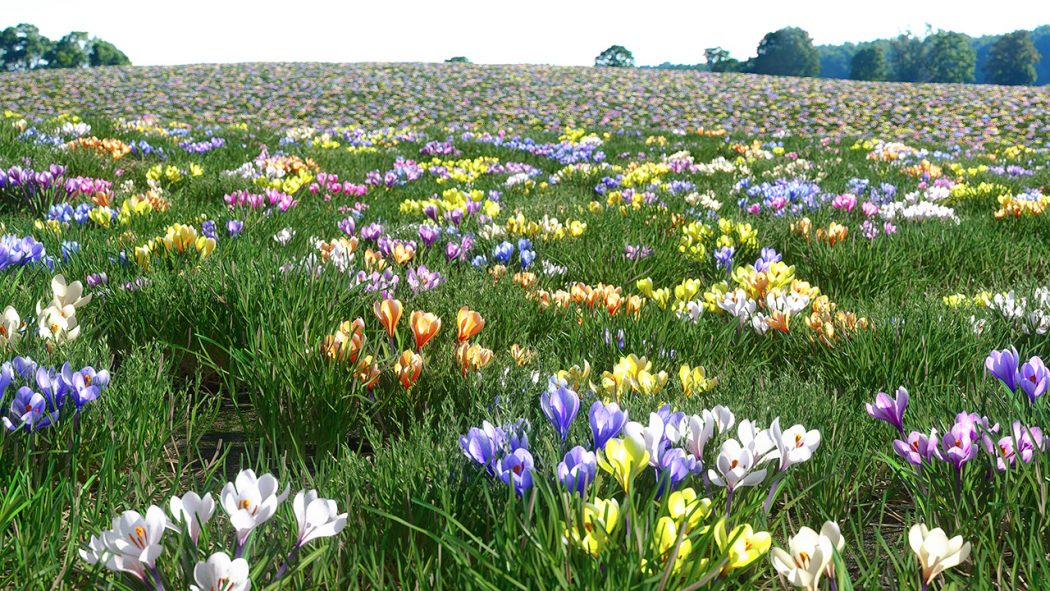

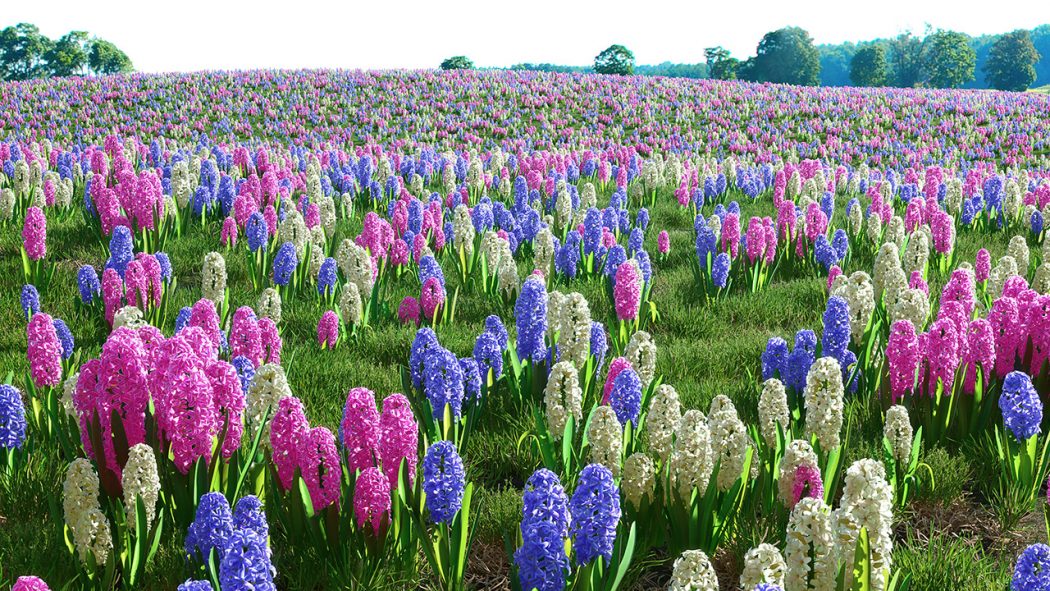
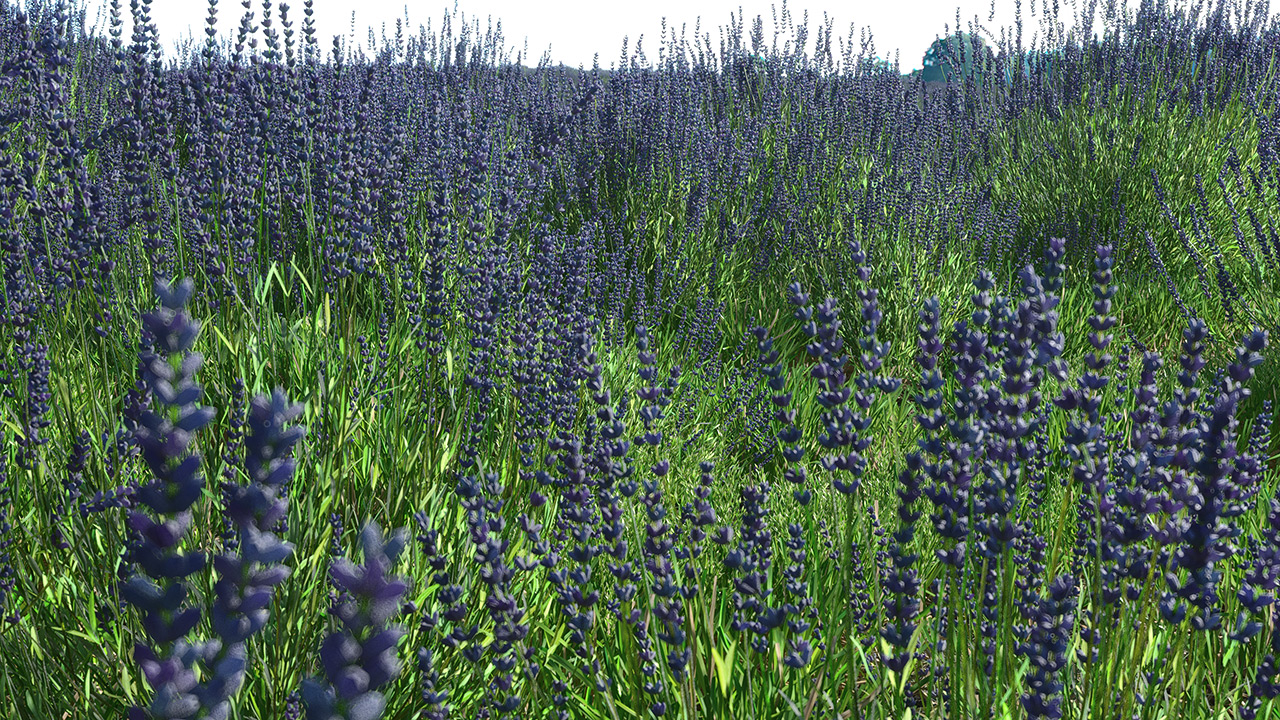
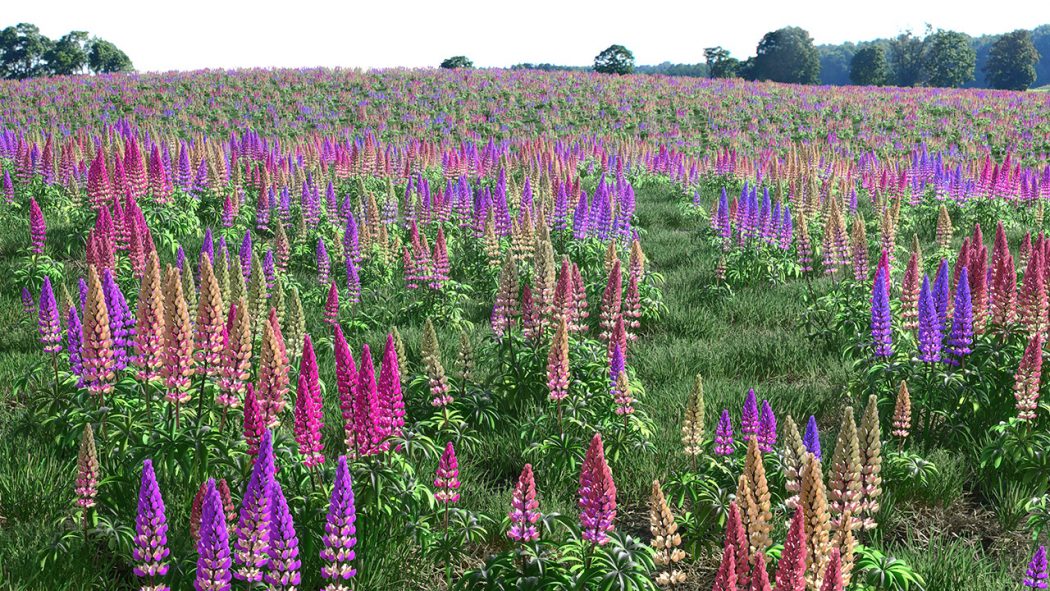

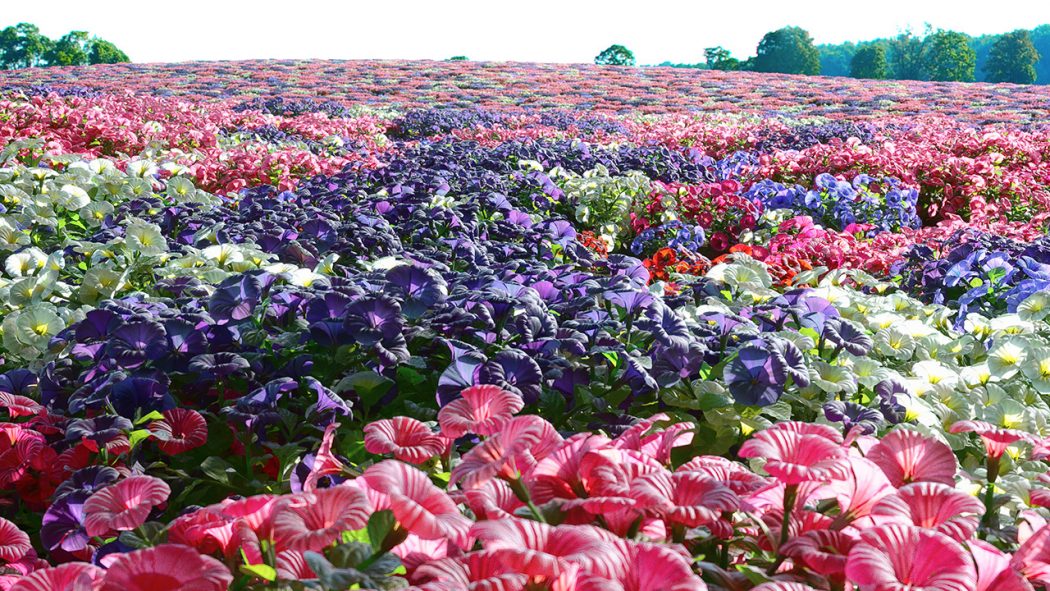

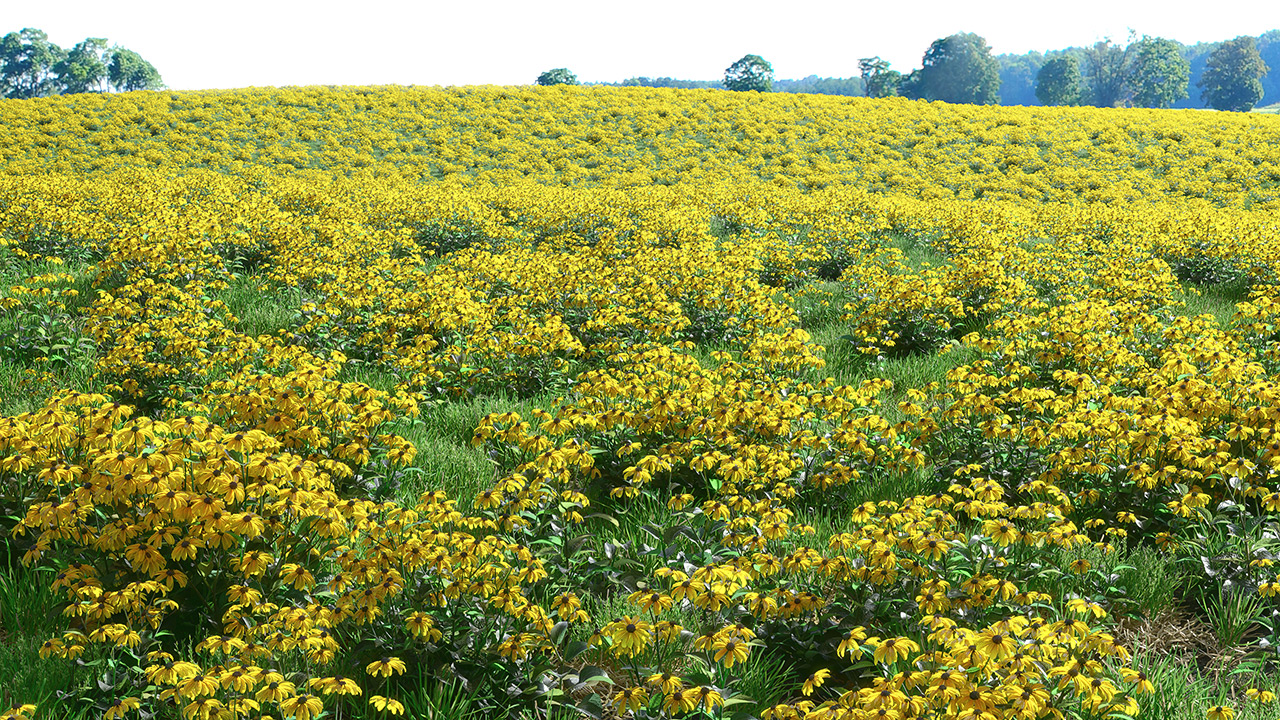


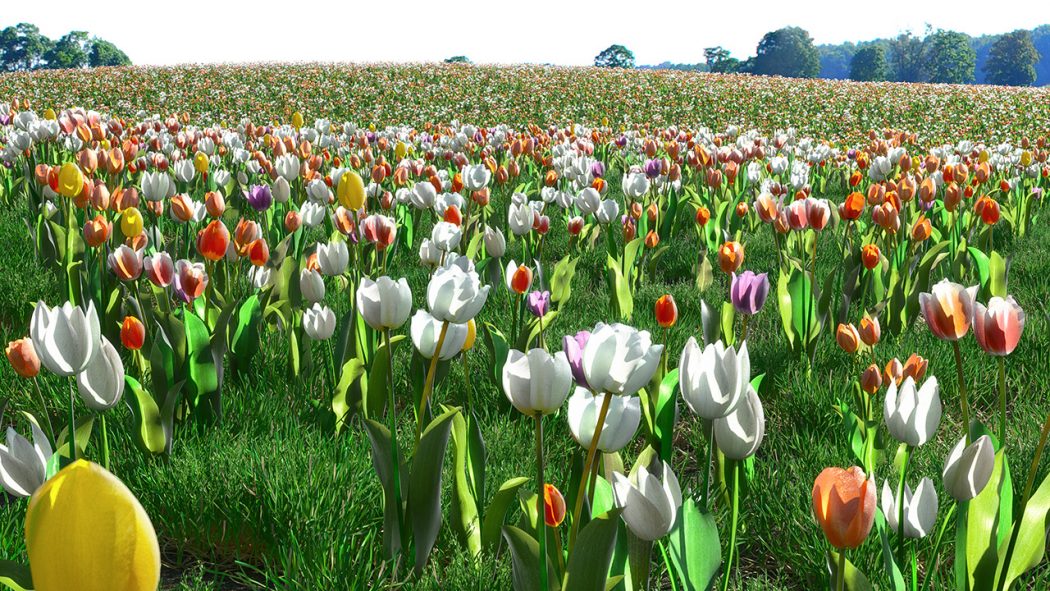

Add new comment